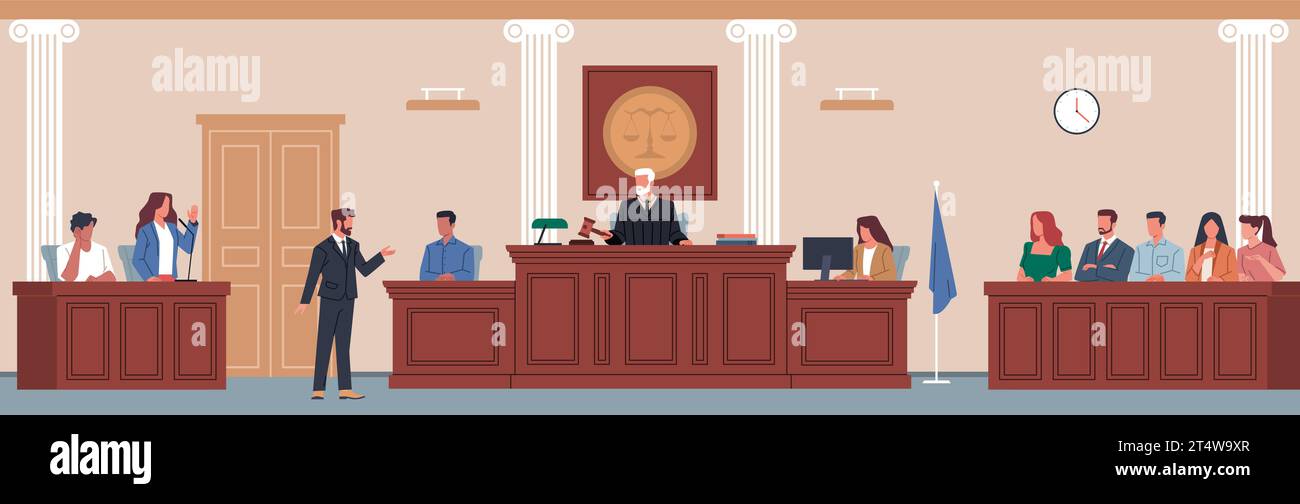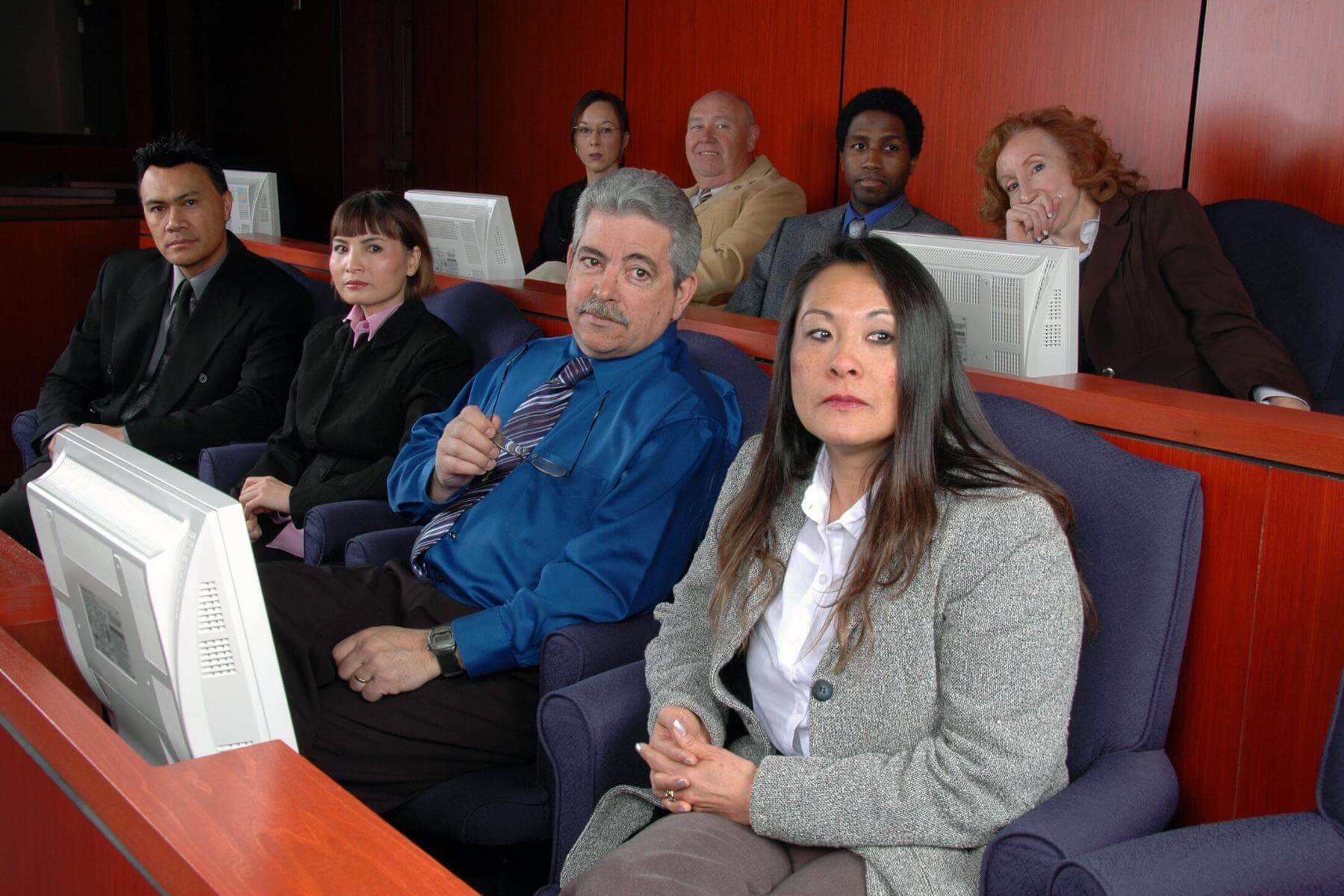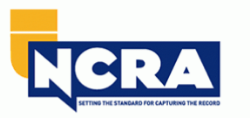Ensure clarity and impact with expertly designed trial presentations that simplify complex cases.
Ensure clarity and impact with expertly designed trial presentations that simplify complex cases.
Blog Article
Just How Trial Presentations Enhance Your Debate and Encourage Jurors
Trial discussions serve as a critical mechanism for improving lawful arguments and persuading jurors. By integrating visual aids, narrative structures, and psychological engagement, attorneys can create an engaging case that resonates on multiple levels. The critical use of visuals not just clarifies intricate details but also captures jurors' interest better than words alone. However, the art of storytelling plays a similarly important function in changing factual evidence right into an engaging narrative, shaping jurors' understandings - trial presentations. Comprehending these components can substantially impact trial end results, elevating the concern of just how each part adds to this detailed dynamic.

Importance of Visual Aids
Aesthetic help play an important function in enhancing the efficiency of trial discussions, as they can significantly enhance audience involvement and retention of info. In the context of a test, where jurors are charged with processing facility information, aesthetic aids offer to simplify and make clear essential factors. Charts, graphs, and photos can convey information and concepts that might otherwise overwhelm or confuse jurors, permitting a more straightforward understanding of the evidence provided.
In addition, visual aids assist in preserving juror attention throughout the process. By breaking the uniformity of verbal testimony, these devices can punctuate crucial arguments, making them much more memorable. Efficient aesthetic help can additionally stimulate emotional actions, which can be essential in persuading jurors to straighten with the speaker's narrative.

Crafting Engaging Stories
An engaging story is crucial in trial presentations, as it offers as the backbone of reliable persuasion. It enables attorneys to weave with each other truths, evidence, and emotional components right into a coherent tale that reverberates with jurors. This narrative structure enables jurors to recognize the complexities of the situation while assisting them through the lawyer's argument.
To craft a compelling story, attorneys must concentrate on clearness and coherence. This involves establishing a clear protagonist-- typically the customer-- and outlining their trip via the occasions concerned. Providing the realities in a sensible series enhances understanding and maintains interaction. Furthermore, using dazzling descriptions can produce mental pictures that assist jurors visualize the events, making the narrative more unforgettable.
Moreover, incorporating essential motifs throughout the presentation strengthens the core message and aids in retention - trial presentations. The story ought to not only share details however additionally evoke a sense of justice, highlighting the stakes involved. Ultimately, a well-constructed story cultivates a link in between the jurors and the instance, placing the lawyer's debate as both trustworthy and compelling, thereby increasing the likelihood of a desirable judgment

Engaging the Jury Emotionally
Reliable jury interaction depends upon the attorney's capacity to get in touch with jurors on a psychological level. This link can substantially impact this article jurors' perceptions and their best decision-making. Using psychological allures allows attorneys to humanize the case, changing abstract legal principles right into relatable experiences. By offering real-life tales or testimonials, attorneys can stimulate compassion and concern, fostering a much deeper understanding of the problems at risk.
Visual help, such as pictures or video clips, can even more enhance emotional interaction, giving jurors with vivid depictions of the situation's human components. Crafting a narrative that highlights the battles and victories of the people included ensures that jurors see beyond the lawful click this link disagreements and acknowledge the human consequences of their decisions.
An attorney's passionate distribution can resonate with jurors, strengthening their psychological financial investment in the instance. It's important to stabilize psychological charms with factual proof, guaranteeing that jurors really feel obliged to act while continuing to be based in the truth.
Structuring Your Presentation

The body of the presentation should be rationally fractional right into key points, each supported by engaging proof. It is advantageous to use storytelling techniques to weave facts right into a story that jurors can easily adhere to. Visual help, such as graphes and videos, can improve understanding and engagement, aiding to highlight vital items of proof.
Real-World Study
Taking a look at real-world study provides vital understandings right into the art of test discussions and persuasion. The landmark case of "O.J. Simpson v. The People of California" shows how visual aids and compelling stories can guide court understandings. The defense group effectively employed a technique that incorporated high-profile professional testimonies with multimedia presentations, which astounded jurors and ultimately influenced their decision.
An additional significant example is the "McDonald's Coffee Case," where the complainant's attorneys made use of graphic photos of the injuries endured by Stella Liebeck. trial presentations. This stark visual proof played an important duty in communicating the extent of her burns, resulting in a substantial jury award. Such situations show that impactful trial presentations usually rest on the efficient combination of visuals and narration to stimulate psychological reactions from jurors
Moreover, the "Casey Anthony Test" highlighted the relevance of narrative comprehensibility and reputation. The prosecution's failing to establish an engaging timeline decreased their persuasive power, highlighting the requirement of a well-structured presentation. Analyzing these instances exposes that successful test presentations call for strategic preparation, emotional interaction, and the ability to resonate with jurors' worths and ideas.
Conclusion
Trial presentations substantially boost debates and encourage jurors through the tactical usage of aesthetic help, engaging stories, and psychological involvement. A well-structured discussion equilibriums psychological charms with accurate evidence, eventually resonating with jurors' values.
Report this page